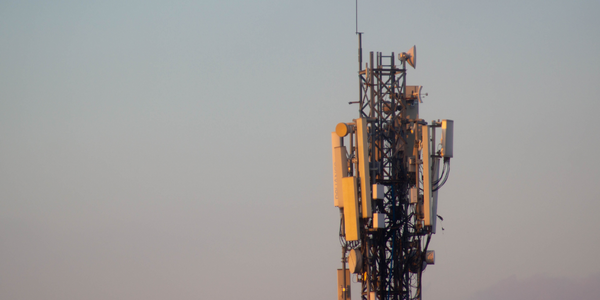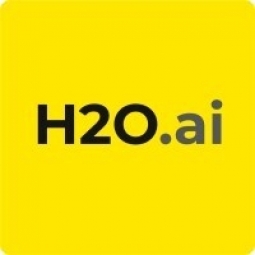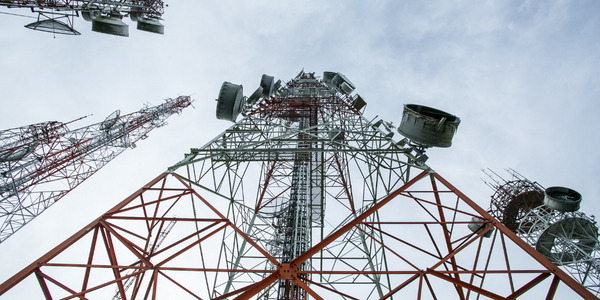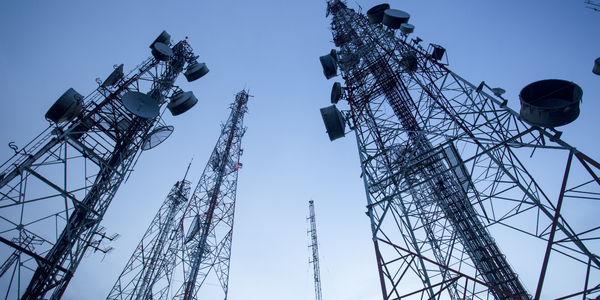公司规模
1,000+
地区
- America
国家
- United States
产品
- H2O.ai Machine Learning
- Datameer
技术栈
- Machine Learning
- Predictive Analytics
- Data Engineering
实施规模
- Enterprise-wide Deployment
影响指标
- Cost Savings
- Customer Satisfaction
- Productivity Improvements
技术
- 分析与建模 - 机器学习
- 分析与建模 - 预测分析
适用行业
- 电信
适用功能
- 离散制造
- 质量保证
用例
- 预测性维护
- 实时定位系统 (RTLS)
服务
- 数据科学服务
- 系统集成
关于客户
Comcast is a multinational mass media company with multiple lines of business. Their operations span across high-speed Internet, feature and TV film productions, cable channels, IP telephony, and home security and automation services. The company has a large-scale system that generates massive amounts of data from tens of millions of customers and hundreds of millions of networked devices. They use this data to deliver personalized content to diverse TV audiences across the US, improve customer care, build resiliency into its products and reduce truck rolls for the service technicians.
挑战
Comcast, a multinational mass media company, was facing challenges in building models on complete production datasets to improve the accuracy of their predictive analytics. They needed a solution to run models on complete production datasets as opposed to relying on sampling. The company was also looking for ways to operationalize and scale data science to match the company's volume of operations. They were dealing with issues such as extracting and integrating real-time production data that comes in different formats, using heavy computation to transform raw data into usable data sources, providing timely responses to a great number of prediction requests and continuously updating models with the latest data to keep predictions accurate.
解决方案
Comcast adopted H2O.ai Machine Learning and Datameer to overcome their challenges. They built predictive models to prevent avoidable truck rolls, which are appointments at a customer's home or business that could be avoided by using simple fixes. They used Datameer for data engineering and H2O to split the data into training and test datasets. Once the training was completed, the data was validated using the testing dataset. They also used gradient-boosted decision trees to predict the popularity of a particular TV show or film 24 hours in advance and make recommendations to the viewers. They used clustering algorithm to assemble the data to form customer experience groups. They also used data analysis to make more resilient and reliable products.
运营影响

Case Study missing?
Start adding your own!
Register with your work email and create a new case study profile for your business.
相关案例.

Case Study
Vodafone Hosted On AWS
Vodafone found that traffic for the applications peak during the four-month period when the international cricket season is at its height in Australia. During the 2011/2012 cricket season, 700,000 consumers downloaded the Cricket Live Australia application. Vodafone needed to be able to meet customer demand, but didn’t want to invest in additional resources that would be underutilized during cricket’s off-season.

Case Study
SKT, Construction of Smart Office Environment
SK T-Tower is the headquarters of SK Telecom. Inside the building, different types of mobile devices, such as laptops, smartphones and tablets, are in use, and with the increase in WLAN traffic and the use of quality multimedia data, the volume of wireless data sees an explosive growth. Users want limitless Internet access in various places in addition to designated areas.







